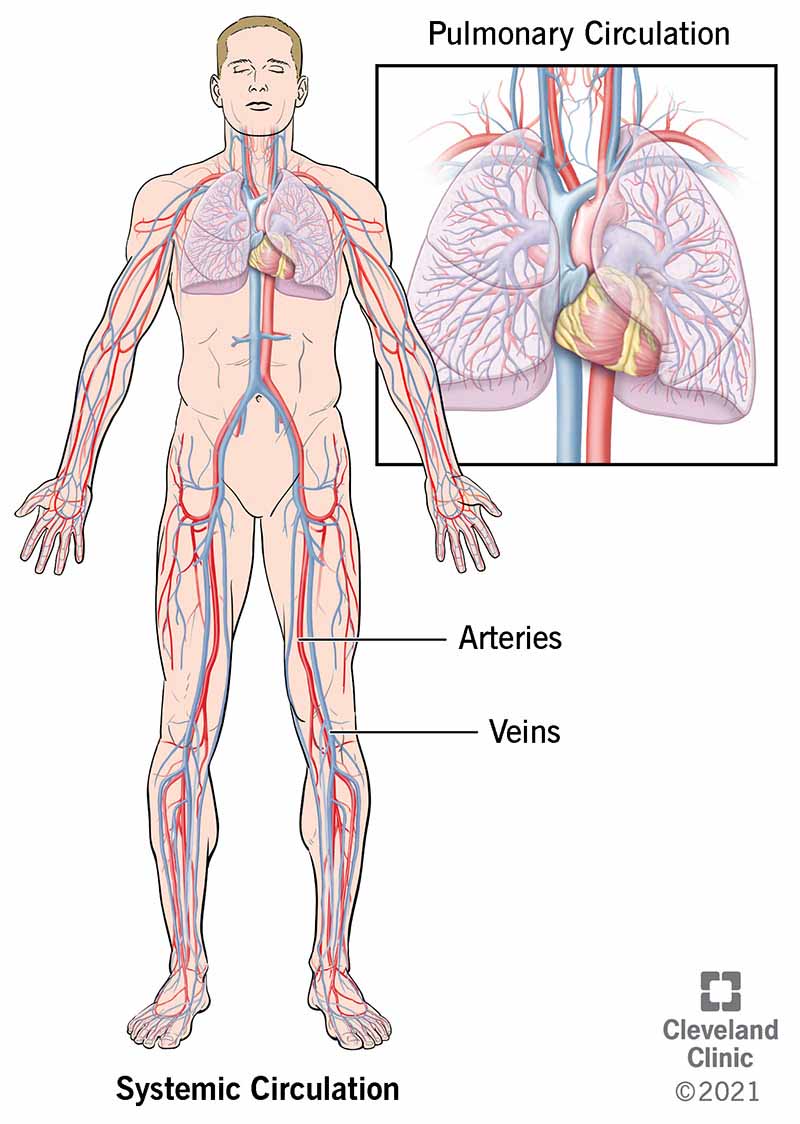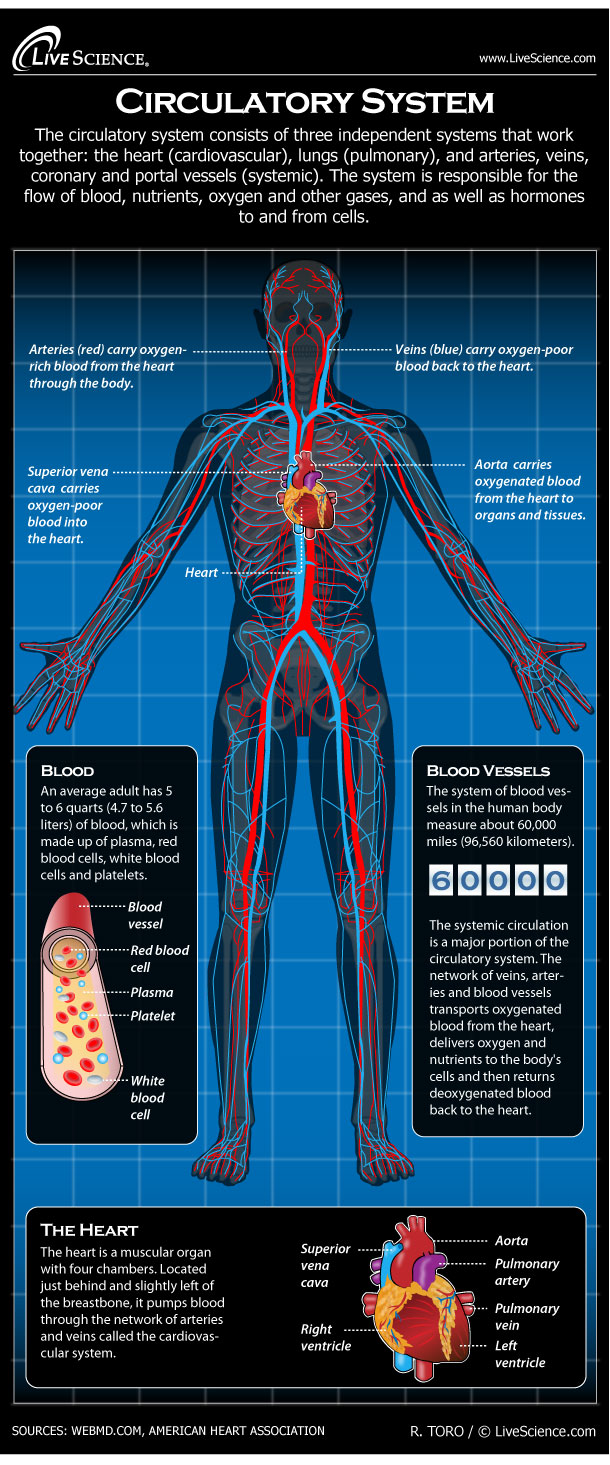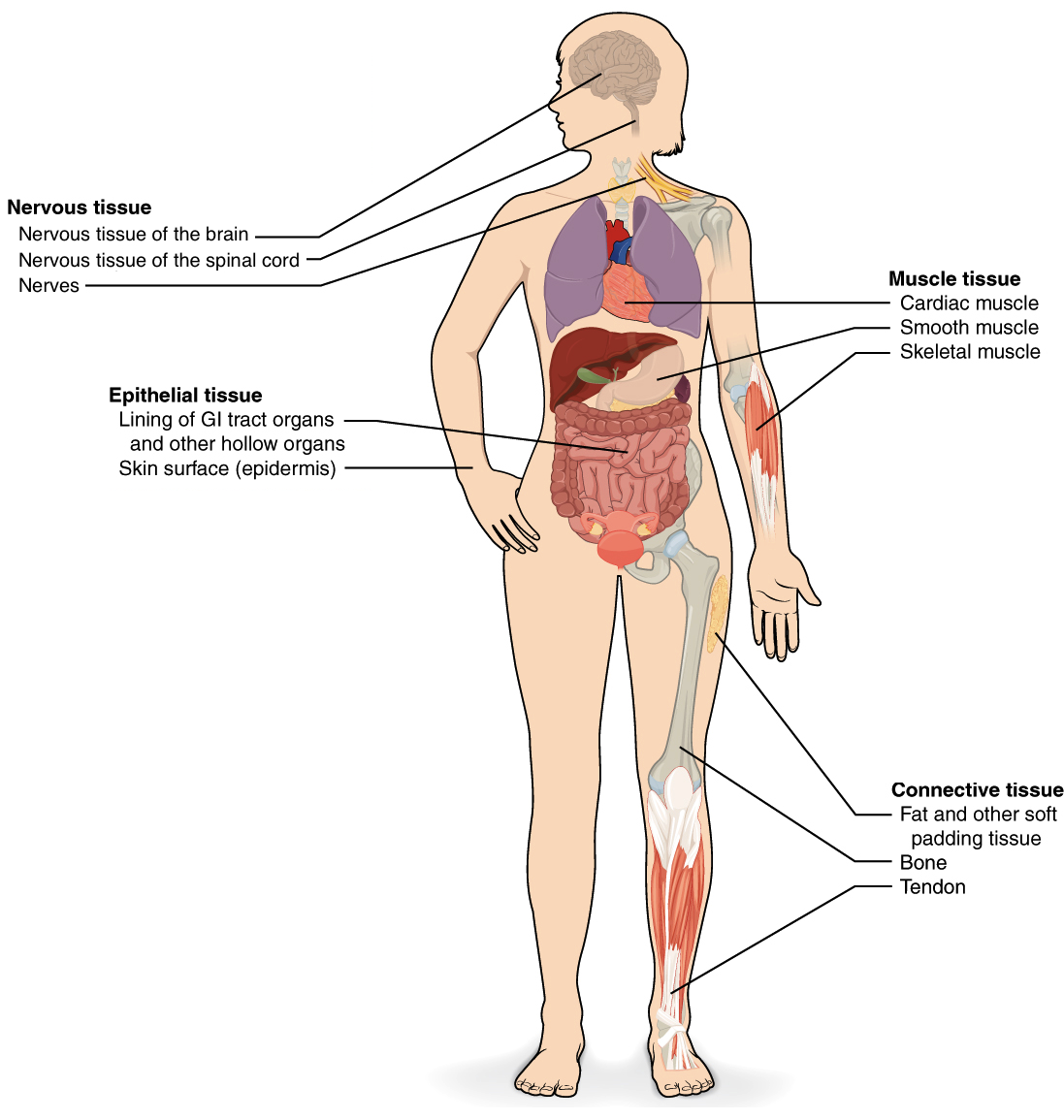Describe the Components of Each Body System
The respiratory system ensures supply of oxygen to the body. Learn vocabulary terms and more with flashcards games and other study tools.

Mrs Rencher And Mr Merritt S 4th Grade Class January 2012 Human Digestive System Digestive System Anatomy Digestive System Diagram
The human body is made up of several organ systems that work together as one unit.

. Also includes accessory digestive organs that assist in digestive processes such. All body systems are composed of cells tissues membranes glands and organs. There are 10 body systems.
Organ systems are the groups of organs that are within an organism. The sternum or breastbone the humerus and the femur are examples of the 206 individual organs bones found in the skeletal system. An Integrative Approach 3rd Edition Edit edition.
Small and large intestines. The nasal cavity. Digestive System Components Definition Organs of gastrointestinal tract including the mouth esophagus stomach small and large intestine rectum and anus.
They are of three. In the pyramid of life that organizes all of the elements of life into categories organ systems are nested between an organism and its organs. Examples include the respiratory system nervous system and digestive system.
The organ systems include 1. The bone marrow is. Key Content A body system is a group of body parts that work together to perform a specific function or task.
The abdominal muscles provide postural support and protect internal organs. The major components of the lymphatic system include lymph lymphatic vessels and lymphatic organs that contain lymphoid tissues. The process of digestion starts with mastication chewing food.
The respiratory system consists of a series of organs. The main components of the skeletal system are the bodys 206 bones as well as the tendons ligaments and joints that connect the bones to the muscles controlling their movement. Some organs may be part of more than one body system if they serve more than one function.
This system comprises muscles that are responsible for the movements of the body. The urinaryexcretory system which consists of the urinary bladder urethra and ureters removes wastes and maintains water balance in the body. The integumentary system is composed of the following parts.
The heart pumps the blood to the different parts of the body. Lymphatic Vessels Lymphatic vessels are structures that absorb fluid that diffuses from blood vessel capillaries into surrounding tissues. Skeletal muscular circulatory respiratory digestive excretory nervous integumentary immune endocrine and reproductive.
Body systems are groups of organs and tissues that work together to perform important jobs for the body. Subcutaneous tissue and deep fascia. Body cavities are spaces within the body that are protected by the skeleton and are.
These are the skeletal muscular circulatory respiratory digestive excretory nervous integumentary immune endocrine and reproductive systems. The triceps extend the elbow and straighten the arm. These bones are made of bone cells and cartilage.
The primary parts of the immune system include the bone marrow and thymus. The digestive system breaks down food and assimilates nutrients into the body which the body then uses for growth and cell repair. Nervous system including sensory systems eye and ear.
Endocrine hormones Lymphatic or immune system. Bones joints and their cartilages. This system consists of the bones of the body.
Integumentary skin hair A body system is a group of parts that work together to serve a common purpose. The biceps help the arm to bend at the elbow. Solutions for Chapter 1 Problem 13WDL.
Basic structure and functions of the body systems and associated components including. The urinary system is a system which consists of many organs in the lower part of our bodies such as the kidneys ureters the bladder and the urethra. The urinary system has many important functions which help us secretes removes waste and excess fluid from our body filters our blood regulates our fluid levels.
Cells tissues and organs. 11 rows Respiratory system. The skin is the largest component of this system.
Human Body Systems The human body is made up of 11 separate but interconnected systems Sherwood 2007. List and describe the three components of a homeostatic system and give examples of. This problem has been solved.
Brain spinal cord nerves and special sense organs such as eyes and ears. The bones joints ligaments tendons and cartilage make up the skeletal system which supports and protects the body giving it shape and form. These systems work in tandem to maintain health.
Describe the general functions and the main parts of each system. The success and survival of the human body is dependent on the ability of separate. Start studying 4 components of the lever system.
Other organs and tissues serve a purpose in only one body system. The quadriceps give. The immune system consists of many parts that work together to defend the body against invaders.
The Human body is composed of eleven separate BUT interconnected systems. The major components of the digestive system are.

Human Body Systems Diagrams Google Search Corps Humain Systemes Du Corps Humain Systemes Du Corps

Brains And Bodies Nice Overview Pre Slp Integumentary System Muscular System Body Systems

Anatomy Organs Human Body Organs Digestive System Anatomy

Cardiovascular System Vector Art Download Cardiology Vectors 831331 Cardiovascular System Cardiovascular Body Systems

Human Body Organ Systems Hill Ponton P A

Circulatory System Anatomy And Function

Body Systems The Definitive Guide Biology Dictionary

Day 2 Human Body Systems Body Systems Organ System

Endocrine System Anatomical Wall Chart Endocrine System Body Systems Endocrine

Infographic Human Body Systems Carolina Com

The Human Organ Systems Human Anatomy And Physiology Lab Bsb 141

Human Organs Technology Literacy Critical Thinking Problem Solving Skills Communication Skills Collaboration Skills Human Body Systems Next Generation Science Standards Biology Classroom

Body Systems The Definitive Guide Biology Dictionary

Human Body Organ Systems Hill Ponton P A
.jpg)
The Human Organ Systems Human Anatomy And Physiology Lab Bsb 141

Human Circulatory System Diagram How It Works Live Science



Comments
Post a Comment